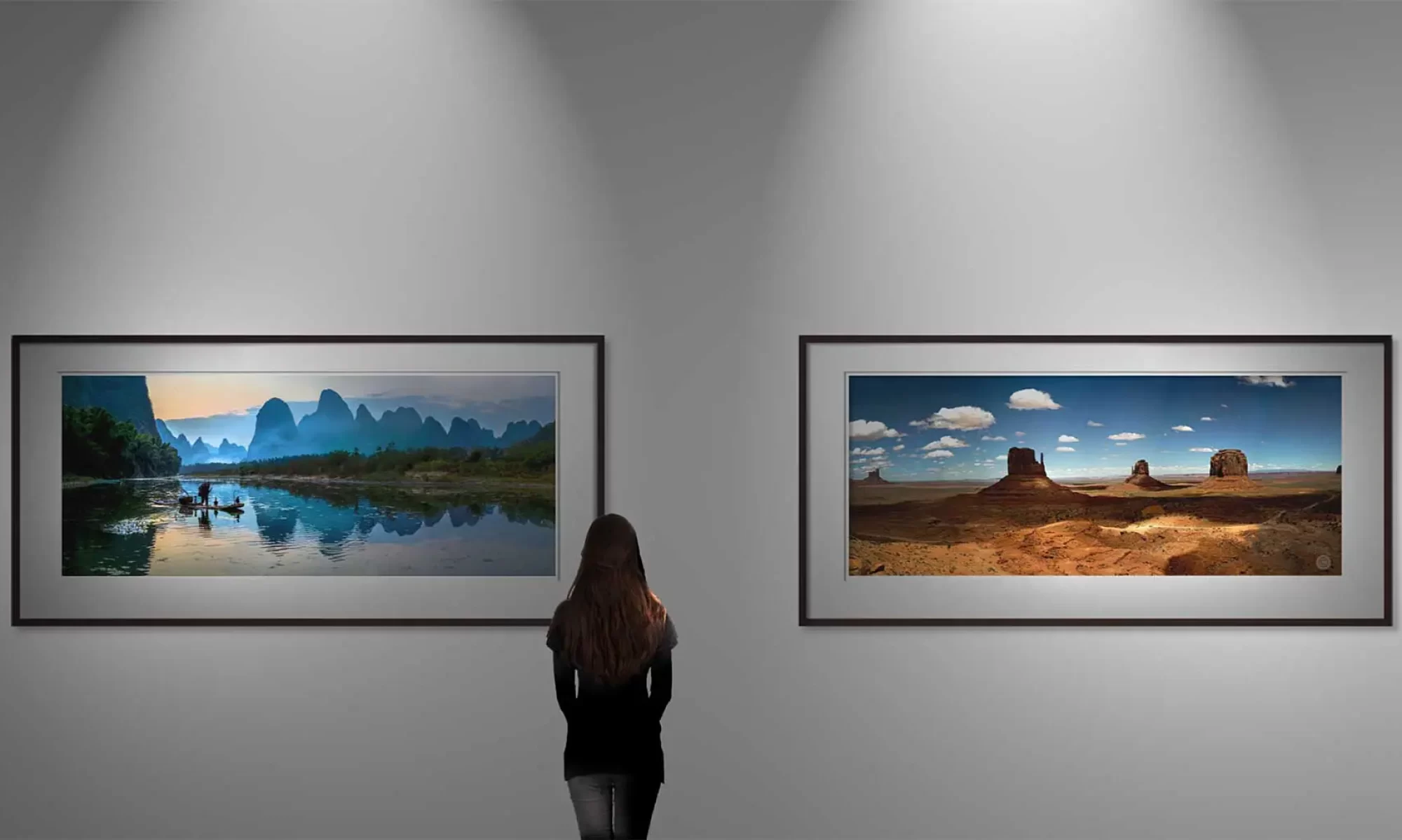Newspaper
I couldn’t sleep the first evening in Topeka, so I went for a drive with my camera and saw a dusting of snow on the Capital. With the paper’s office nearby, I went and developed the film. Susan Biddle, (who later became White-House photographer for both Reagan and Bush Senior), was on night-shift. She saw the picture in the developing tray and suggested that I take it to the News Editor. Being new in town, still wearing a pajama-top, I declined and left the print in my locker and went back to bed. The next morning, my photograph splashed across the front cover before my first day of work. In the photo department (staffed by the best photojournalists in the country) this was viewed as showboating. So!… I continued.
THERE WAS A UNIQUE DYNAMIC that enhanced my newspaper experience. I had initially declined the job because I wanted to go to China; also, I knew nothing about newspaper work. A year later, I accepted and took over a position held by Susan Ford, the daughter of the then-president of the United States. What made it unique was in the intervening time; I serendipitously got “published” in a few top magazines.
For that era, Newspaper work was almost a prerequisite to enter the world of photojournalism. It was the proving grounds. Daily newspaper meant a daily challenge, and the beauty was the daily feedback. Monthly magazines, the apex of the chase, lack this daily feedback. Some take months, even years before an assignment sees print. During such times of incubation, photographers are at the mercy of the editors, the whims of time and politics. It was not a nurturing place to perfect one’s game. So when I started working at the newspaper, after being published in a world-class magazine, it was like going backwards. Looking back, this proved to be the best thing I ever did.
Rich Clarkson of the Topeka Capitol-Journal newspaper was a tough boss, a feared drill sergeant with an uncanny ability to find young talent. When he first offered me a job, I had not realized that a photographer on his staff, also edited and designed their featured pages. An excellent layout to frame my pictures was imperative, so I thrived with the new opportunity. I had streaks of rebellion that made me bored with established norms and predictable formulas. I pushed and experimented with boundaries, looked for twists, turns, and most of all, I counted on the unexpected. To Clarkson’s credit, he gave me the freedom that I needed. Read More-
Decades
Samplings of published pages at the Topeka Capitol-journal between 1979-80.
Recent News
June 4, 2016
On a typical day in June, cold Pacific air channels up the Columbia River Gorge and reaching the town of Mosier, funnels at a 30mph clip. The predictable wind is the reason I moved here. On this particular day, it was unusually calm when I saw black smoke rise out of the river valley. Grabbing my camera, I learned that 16 of 96 Union Pacific oil cars carrying Bakken crude oil from North Dakota had derailed in the middle of town. Uncharacteristically, I emailed this photograph to Carl Davaz-a friend and colleague from my Topeka Capital-Journal days, now the Director of Photography at the Eugene Register-Guard. The next morning, this image splashed across the state and reaching the governor’s desk provoked outrage and sobering reality: Oil fires cannot be extinguished.
Close to 30 agencies across two states responded and stood by to watch as the oil burned itself out. The only thing they could do was to keep the remaining tanks from igniting. Had the usual thermal wind conditions been in place, a chain reaction would have exploded one car after another down the track in a trajectory that would have obliterated the town of Mosier and the fragile Columbia River sanctuary. It was a miracle that the wind did not blow. Because no one was hurt, the National Transportation Safety Board declined to investigate; both Oregon Senators introduced bills for stricter inspection protocols and a moratorium on oil trains — the bill died in committee. This did not stop the Mosier townspeople and the ecological minded Mayor, Arlene Burns to fight for the preservation of our fragile National Scenic Area. My neighbor David Skakle alerted his cousin Robert Kennedy to the plight of the town. Kennedy, along with ‘Chairmans’ from five local indigenous tribes all gathered in Mosier to champion action facing rail transport. That same year, Standing Rock, the NODAPL protest, began against the same Bakkan crude oil piping through it’s indigenous land which endangered their pure water in North Dakota.




















